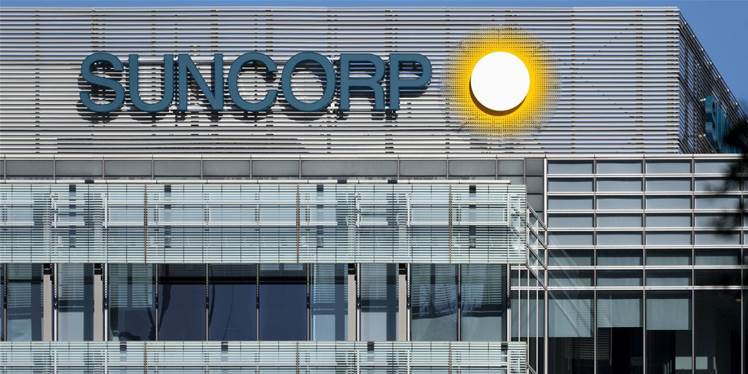Suncorp Adopts Multi-Agent AI to Transform Business Operations
We independently review everything we recommend. When you buy through our links, we may earn a commission which is paid directly to our Australia-based writers, editors, and support staff. Thank you for your support!

Overview
- Suncorp Group is embracing a multi-agent AI approach to enhance its operational activities.
- This AI strategy is aimed at developing a library of reusable elements to extend technology across brands.
- The project seeks to boost customer service and streamline claims processing.
- Suncorp utilizes Databricks’ technology suite for its multi-agent AI framework.
- AI has already saved Suncorp significant work hours and enhanced case summary creation.
Suncorp’s AI Initiative
Suncorp Group, known for its prominent brands like AAMI, Gio Insurance, and API, is adopting a multi-agent strategy for its artificial intelligence (AI). By developing a library of reusable components, Suncorp intends to spread AI technology across its various brands, improving efficiency and customer satisfaction.
Collaboration with Databricks
At the recent Databricks 2025 Sydney event, Suncorp’s chief machine learning engineer, Touraj Varaee, highlighted the company’s AI progress. Suncorp is taking advantage of Databricks’ product suite, including the Lakehouse for data management and Unity Catalog for governance, to underpin its multi-agent AI framework.
Productivity and Innovation
The introduction of AI technologies has already provided significant advantages for Suncorp. The claims department has used AI to automatically generate over a million words in case summaries, saving more than 15,000 hours of labor for customer service personnel. This achievement emphasizes AI’s integral role in Suncorp’s operational framework.
Conclusion
Suncorp Group is at the forefront of a multi-agent AI strategy, utilizing Databricks technology to improve efficiency and scalability across its brands. This initiative has already resulted in considerable enhancements in customer service and claims processing, showcasing AI’s potential to transform business activities.













